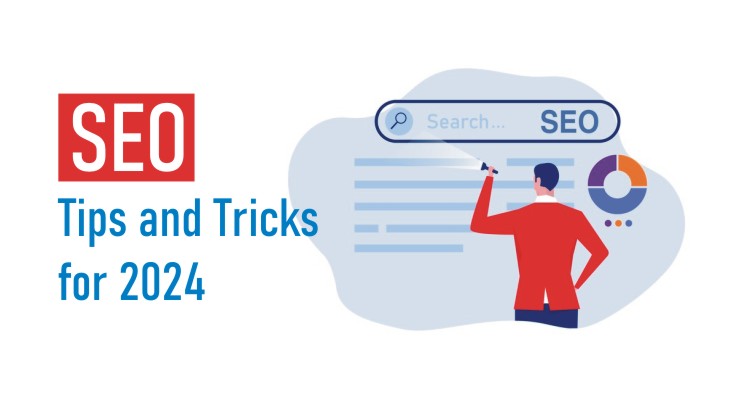Search Engine Optimization (SEO) has evolved significantly over the years. As competition for visibility increases, it’s important to go beyond the basics and employ advanced SEO tactics to stay ahead. The Ahrefs blog discusses several cutting-edge strategies to improve your site’s ranking and drive more organic traffic. Below is a breakdown of some key advanced SEO tactics to implement:
1. Use Low-Competition, High-Traffic Keywords
- Why it matters: Targeting low-competition keywords with a high search volume is a great way to rank faster and increase your visibility.
- How to implement: Use tools like Ahrefs’ Keywords Explorer to find relevant low-difficulty keywords that offer significant traffic potential. Filter by Keyword Difficulty (KD) and volume to find terms that are easier to rank for but still valuable in terms of traffic.
2. Align Content with Search Intent
- Why it matters: Matching your content to what users are actually looking for is crucial for ranking. Search engines reward pages that closely align with user intent.
- How to implement: Analyze the top-ranking pages for your target keywords. If most pages are blog posts, videos, or product pages, this gives you a clue about the type of content users prefer for that query. Creating content that matches the dominant search intent helps you compete more effectively.
3. Optimize for Featured Snippets
- Why it matters: Featured snippets are highly visible and can help you jump to the top of the search results, often referred to as “position zero.”
- How to implement: Identify keywords where competitors rank for featured snippets but you do not. Make sure to add the missing elements (e.g., definitions, lists, or concise answers) in your content to improve your chances of winning the snippet.
4. Fix Pages with Broken Backlinks
- Why it matters: Backlinks only benefit your site if they point to live, functioning pages. Broken pages with backlinks can cost you valuable SEO juice.
- How to implement: Use Ahrefs’ Site Explorer to identify pages that have backlinks but return a “404 Not Found” error. Either restore the page or set up a 301 redirect to capture the link equity.
5. Leverage Internal Linking
- Why it matters: Internal links help distribute authority (link equity) across your site and improve the user experience by guiding visitors to relevant content.
- How to implement: Regularly audit your content to ensure your key pages are well-linked internally. Add internal links from high-authority pages to relevant but underperforming content.
6. Optimize Core Web Vitals
- Why it matters: Core Web Vitals, which include metrics like loading speed, interactivity, and visual stability, are crucial for both user experience and SEO rankings.
- How to implement: Use tools like Google Search Console or Ahrefs’ Site Audit tool to identify and fix issues related to your website’s Core Web Vitals. Improving page speed and reducing layout shifts can lead to better rankings.
7. Repurpose Outdated Content
- Why it matters: Older content often loses ranking over time as it becomes outdated. Refreshing it with new information can help reclaim lost rankings.
- How to implement: Identify pages that are seeing a decline in organic traffic using tools like Google Search Console. Update them with fresh information, add new visuals, or optimize them for newly relevant keywords.
8. Consolidate Similar Content
- Why it matters: Having multiple pieces of content targeting the same or similar keywords can cannibalize your SEO efforts. Combining them into one comprehensive page can boost rankings.
- How to implement: Merge pages that cover the same topic, redirect the less authoritative pages to the newly combined resource, and focus your efforts on improving the overall content quality.
9. Utilize HARO for Backlinks
- Why it matters: Help a Reporter Out (HARO) is a tool that connects journalists with expert sources. Being featured in an article can help you earn valuable backlinks, which enhance your domain authority.
- How to implement: Sign up as a source on HARO, respond to relevant journalist queries, and aim to secure mentions from high-authority sites.
10. Create Comprehensive Content
- Why it matters: In-depth content tends to rank higher because it covers a wide range of subtopics, making it more useful for readers and more attractive to search engines.
- How to implement: Use tools like Ahrefs’ Keywords Explorer to find related subtopics to cover in your content. The more comprehensive and valuable your content is, the higher the chances of ranking for various search queries.
11. Optimize Images for SEO
- Why it matters: Optimized images can drive additional traffic through Google Image Search, and proper alt text also helps improve accessibility.
- How to implement: Ensure that your images have descriptive file names and alt text that explain what the image is about. This is particularly important for image-heavy sites or those that rely on visual content.
12. Craft Compelling Title Tags
- Why it matters: Title tags are one of the most important on-page SEO elements, directly impacting click-through rates (CTR) and rankings.
- How to implement: Write title tags that are both keyword-rich and enticing to users. Avoid clickbait titles, and keep them concise (under 70 characters) to ensure they display fully in search results.
By implementing these advanced SEO tactics, you can improve your site’s overall performance, drive more traffic, and potentially outrank your competition. Regular audits, content updates, and technical optimizations will keep your site optimized for the ever-changing SEO landscape.


